Ethereum 2.0 Upgrade: Revolutionizing Blockchain Scalability, Security, and Sustainability
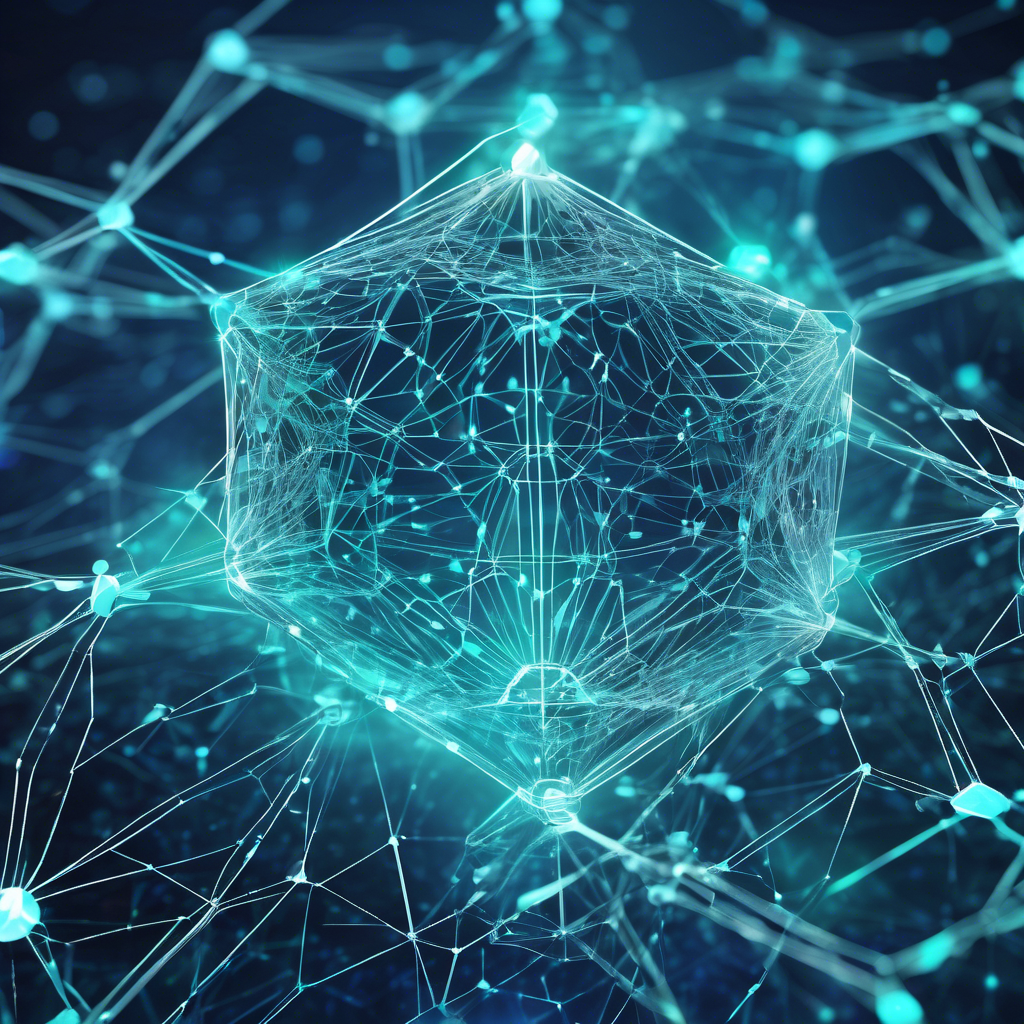
The Ethereum 2. 0 upgrade, a highly anticipated advancement in the blockchain sector, has garnered widespread attention from developers and users alike. This major update aims to resolve critical issues in the current Ethereum network, focusing on scalability, security, and sustainability, fundamentally transforming how the Ethereum blockchain operates while unlocking new opportunities for developers. Since its launch, Ethereum has been the leading platform for decentralized applications (dApps) and smart contracts. However, network growth led to challenges such as congestion, high transaction fees, and energy inefficiency. Ethereum 2. 0, also called Eth2 or Serenity, addresses these by transitioning from a proof-of-work (PoW) consensus mechanism to proof-of-stake (PoS). This overhaul is designed to significantly improve network performance and environmental sustainability. A major innovation in Ethereum 2. 0 is the introduction of shard chains, which split the blockchain into multiple smaller chains or shards, enabling parallel transaction processing. This approach drastically increases throughput, allowing Ethereum to handle thousands of transactions per second rather than the current limit of around 15. For developers, this means building dApps capable of supporting larger user bases and transaction volumes without performance issues. Switching to PoS dramatically cuts energy consumption compared to PoW, which requires miners to solve complex puzzles for validation. PoS relies on validators who lock up cryptocurrency as a stake, making it more eco-friendly and lowering entry barriers for network security participation. Developers can leverage staking mechanisms to build applications like decentralized finance (DeFi) platforms offering staking rewards and governance models based on stake-weighted voting. From a development standpoint, Ethereum 2. 0 introduces new structures and tools.
The beacon chain serves as the backbone of the PoS system, managing validators and consensus. Developers can create innovative applications capitalizing on the beacon chain’s enhanced security and transaction finality. Furthermore, Ethereum 2. 0 maintains backward compatibility with existing accounts and smart contracts, facilitating a smooth transition for current applications. The upgrade has also led to new software development kits (SDKs) and frameworks tailored for Ethereum 2. 0, streamlining the process of building and deploying smart contracts. Updated Solidity versions and improved testing environments accommodate shard chains, accelerating development cycles and improving reliability. Ethereum 2. 0 also enhances cross-chain interoperability. Though shards operate independently, they remain connected via the beacon chain, facilitating efficient communication across shards. This enables novel cross-shard dApps that run components across multiple shards, improving scalability and user experience. However, developers face challenges, such as designing applications that handle data consistency and latency across shards and understanding the economic and security implications of the staking model, especially when creating incentives for validators and users. In summary, Ethereum 2. 0 marks a pivotal advancement in blockchain technology by tackling scalability, security, and sustainability issues. It opens the door for more efficient, secure, and user-friendly decentralized applications. While the new shard chains, PoS consensus, and enhanced tools offer vast opportunities, developers must also address the complexities they introduce. As Ethereum 2. 0 continues to evolve, it promises to broaden the reach and impact of decentralized technologies across diverse industries.
Brief news summary
Ethereum 2.0 is a significant upgrade to the Ethereum blockchain designed to enhance scalability, security, and sustainability. It transitions from the energy-intensive proof-of-work consensus to a more efficient proof-of-stake system, greatly reducing energy consumption and easing network participation. Central to this upgrade are shard chains, which split the blockchain into multiple parallel chains, boosting transaction capacity from about 15 per second to thousands, enabling decentralized applications (dApps) to handle more users and higher transaction volumes effectively. The beacon chain plays a crucial role by coordinating validators and maintaining consensus, ensuring a smooth upgrade compatible with existing accounts and smart contracts. Additionally, improved development tools and updated Solidity versions facilitate smarter contract deployment and cross-shard communication. Despite these improvements, Ethereum 2.0 must address challenges like data consistency, latency management, and the creation of effective staking incentives. Overall, Ethereum 2.0 represents a pivotal advancement toward a faster, more secure, and environmentally friendly blockchain, expanding the prospects for decentralized technologies across various sectors.
AI-powered Lead Generation in Social Media
and Search Engines
Let AI take control and automatically generate leads for you!

I'm your Content Manager, ready to handle your first test assignment
Learn how AI can help your business.
Let’s talk!

Legislative committee dives into blockchain, AI i…
The Select Committee on Blockchain, Financial Technology, and Digital Innovation convened in Jackson Hole on May 14-15 for its first interim meeting, covering topics such as right to repair (RTR), AI in government, and updates from the Wyoming Stable Token Commission.
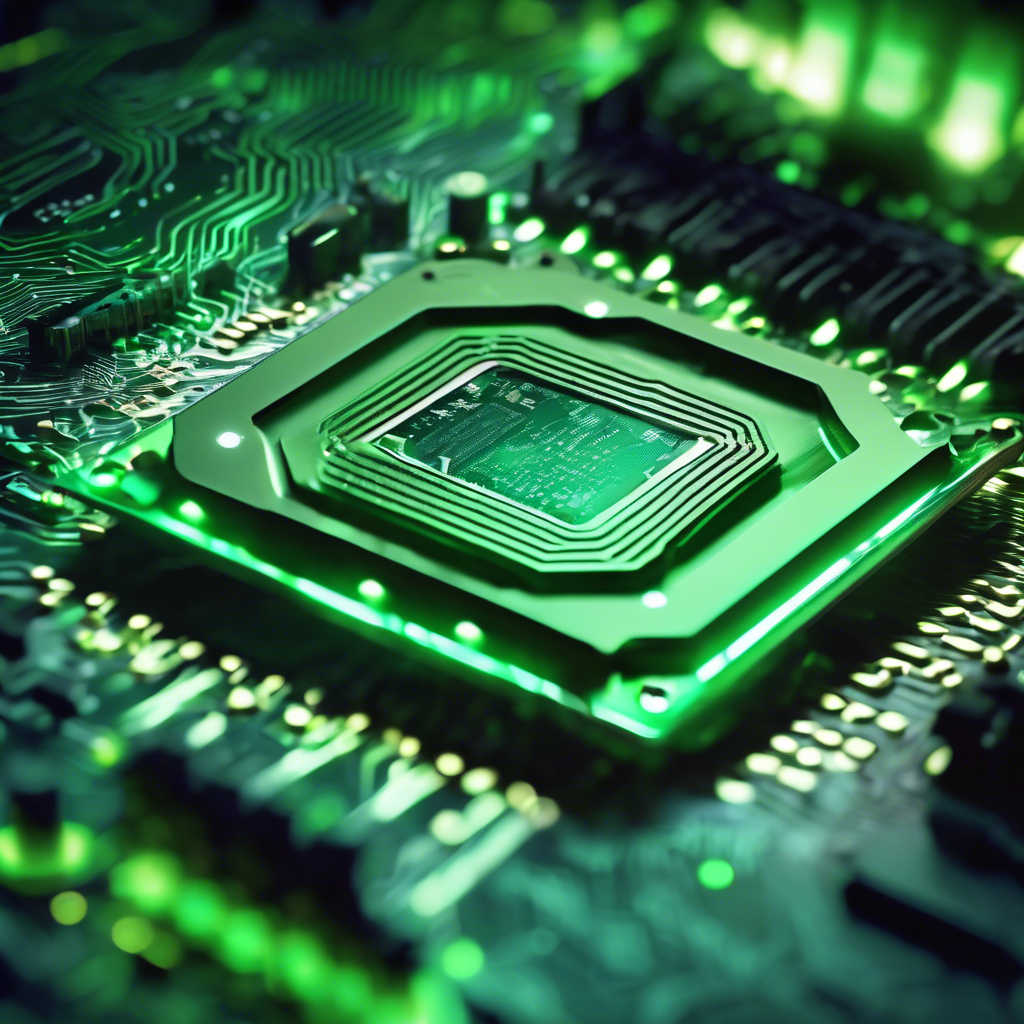
Nvidia CEO Criticizes U.S. AI Chip Export Restric…
Nvidia CEO Jensen Huang has publicly criticized the U.S. government’s export controls aimed at limiting China’s access to advanced AI chips, labeling the policy a “failure” during his keynote at the Computex conference in Taipei.
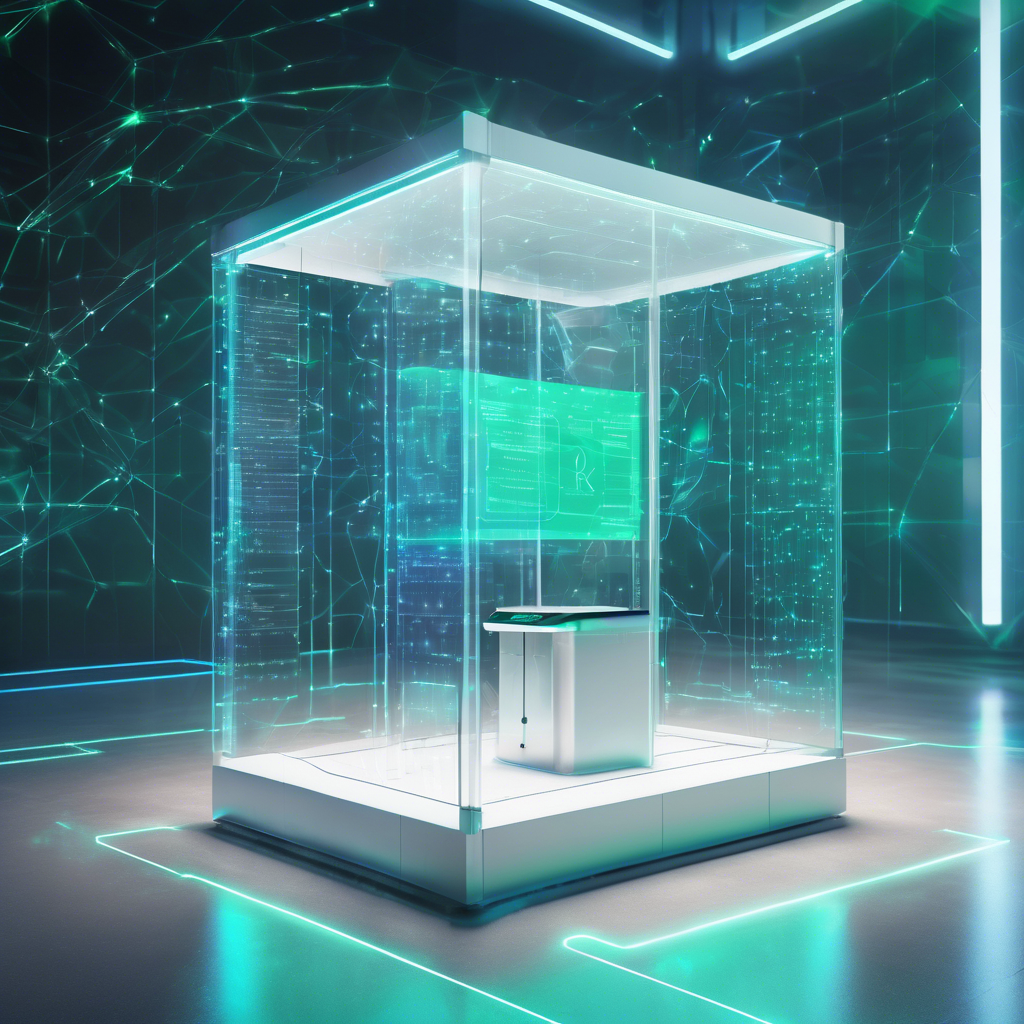
Blockchain and the Future of Voting Systems
In an era where securing electoral processes is of utmost importance, blockchain technology has emerged as a promising solution to improve the security and transparency of voting systems worldwide.
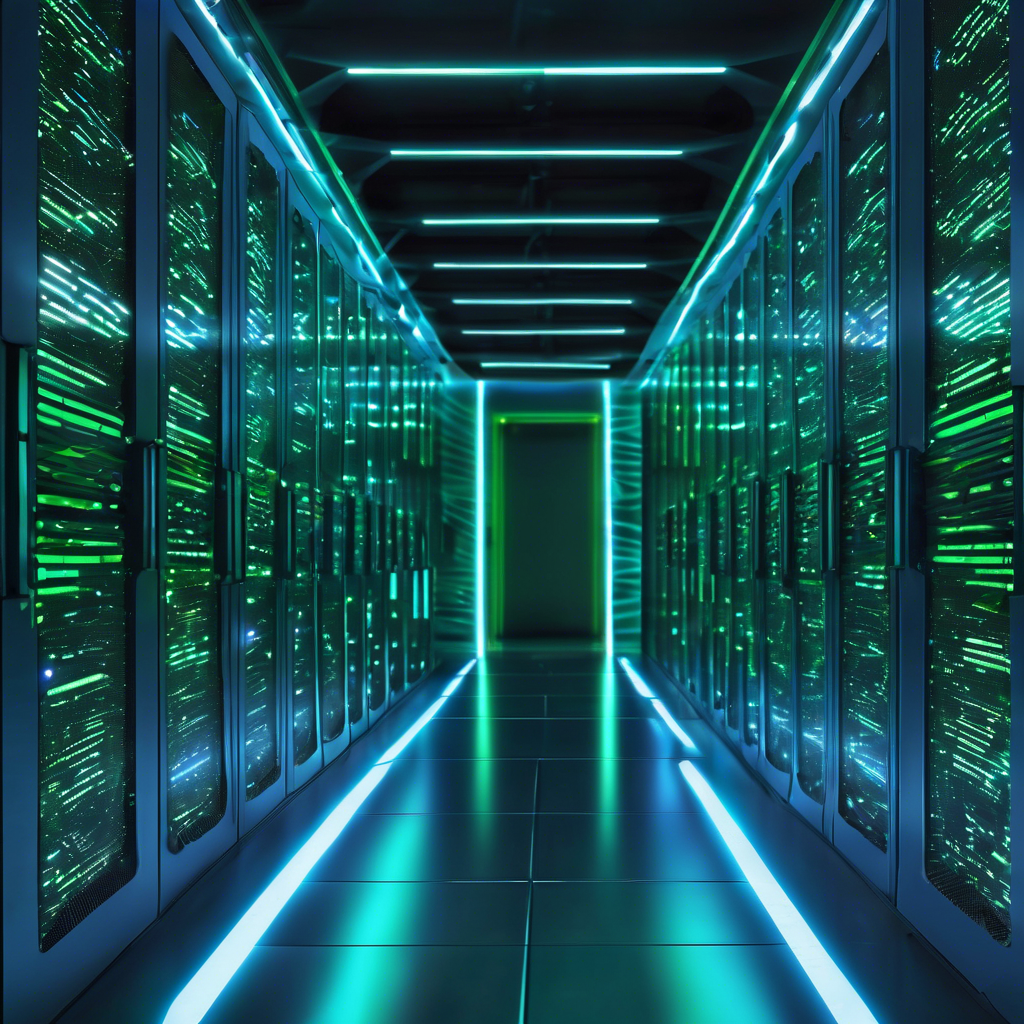
Foxconn and Nvidia Collaborate on AI Data Center
At the 2025 Computex trade show in Taipei, Foxconn, the world's largest contract electronics manufacturer, announced a major collaboration with Nvidia to build an advanced artificial intelligence data center in Taiwan.

Promise Partners with Google to Integrate AI Tech…
Promise, a generative AI studio backed by the prominent venture capital firm Andreessen Horowitz, has announced a major partnership with Google to integrate Google’s advanced AI technologies into its operations.

GENIUS Act Advances in Senate, Paving Way for Sta…
The Senate has recently advanced the bipartisan GENIUS Act by closing debate on the bill, marking a key milestone toward establishing clearer regulations for stablecoins within the broader cryptocurrency landscape.

Google Expands AI Integration Across Services
At the 2025 I/O developer conference, Google unveiled a range of innovative AI-driven features and products, underscoring its commitment to deeply embedding AI into its services.

 Auto-Filling SEO Website as a Gift
Auto-Filling SEO Website as a Gift







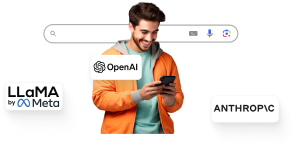
 Auto-Filling SEO Website as a Gift
Auto-Filling SEO Website as a Gift

